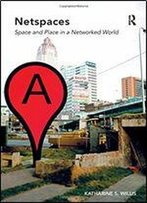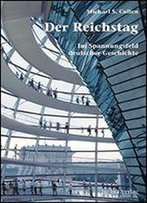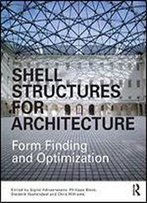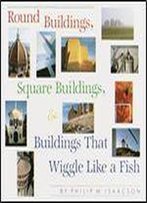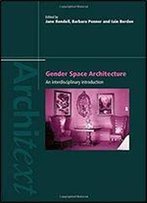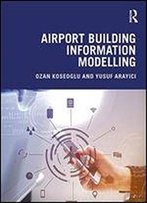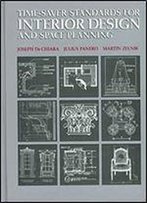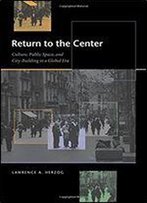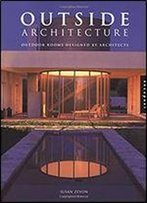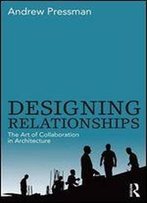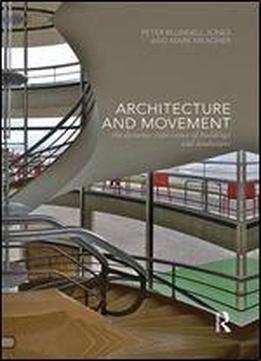
Architecture And Movement: The Dynamic Experience Of Buildings And Landscapes
by Peter Blundell Jones /
2014 / English / EPUB
12.1 MB Download
Part 1: Moving through Buildings and Landscapes: the Designer's Perspective 1.0 Introduction to Part One 1.1 The Classical Authors 1.2 Viollet-le-duc on the Medieval Cloister 1.3 Charles Garnier Le Thtre 1.4 Hermann Muthesius Wie baue ich mein Haus 1.5 Architectural Promenades through the Villa Savoye 1.6 Gunnar Asplund: 'Pictures with marginal notes from the Gothenburg art and industry exhibition' 1923 1.7 Frank Lloyd Wright's Use of Movement 1.8 Hans Scharoun and Movement: the Kassel Project 1952 1.9 Move to the Light 1.10 Odysseus and Kalypso at home Part 2: Movement as Experienced by the Individual 2.0 Introduction to Part Two 2.1 The Primacy of Bodily Experience 2.2 From Health to Pleasure: the Landscape of Walking 2.3 Architecture of Walking 2.4 Soundscape and Movement 2.5 From Foot to Vehicle 2.6 Moving Round the Ring-Road 2.7 The Geometry of Moving Bodies 2.8 Pedestrians and Traffic Part 3: Movement as Social and Shared 3.0 Introduction to Part Three 3.1 Space as a Product of Bodily Movement: Centre, Path and Threshold 3.2 Rievaulx and the Order of St Benedict 3.3 Lucien Kroll The Architecture of Complexity, The Door 3.4 The Japanese Tea Ceremony 3.5 The East Royal Tombs of the Qing Dynasty 3.6 The Automated Gardens of Lunville: From the Self-Moving Landscape to the Circuit Walk 3.7 Lauriston School Part 4: The Representation of Movement 4.0 Introduction to Part Four 4.1 House Construction among the Dong 4.2 Movement and the Use of the Sequential Section by Enric Miralles and Mathur and da Cunha 4.3 From Models to Movement: Reflections on Some Recent Projects by Herzog et de Meuron 4.4 An Encounter With Patrick Keiller 4.5 Diasporic Experience and the Need for Topological Methods 4.6 Open Design: Thoughts on Software and the Representation of Movement 4.7 The Matter of Movement.
